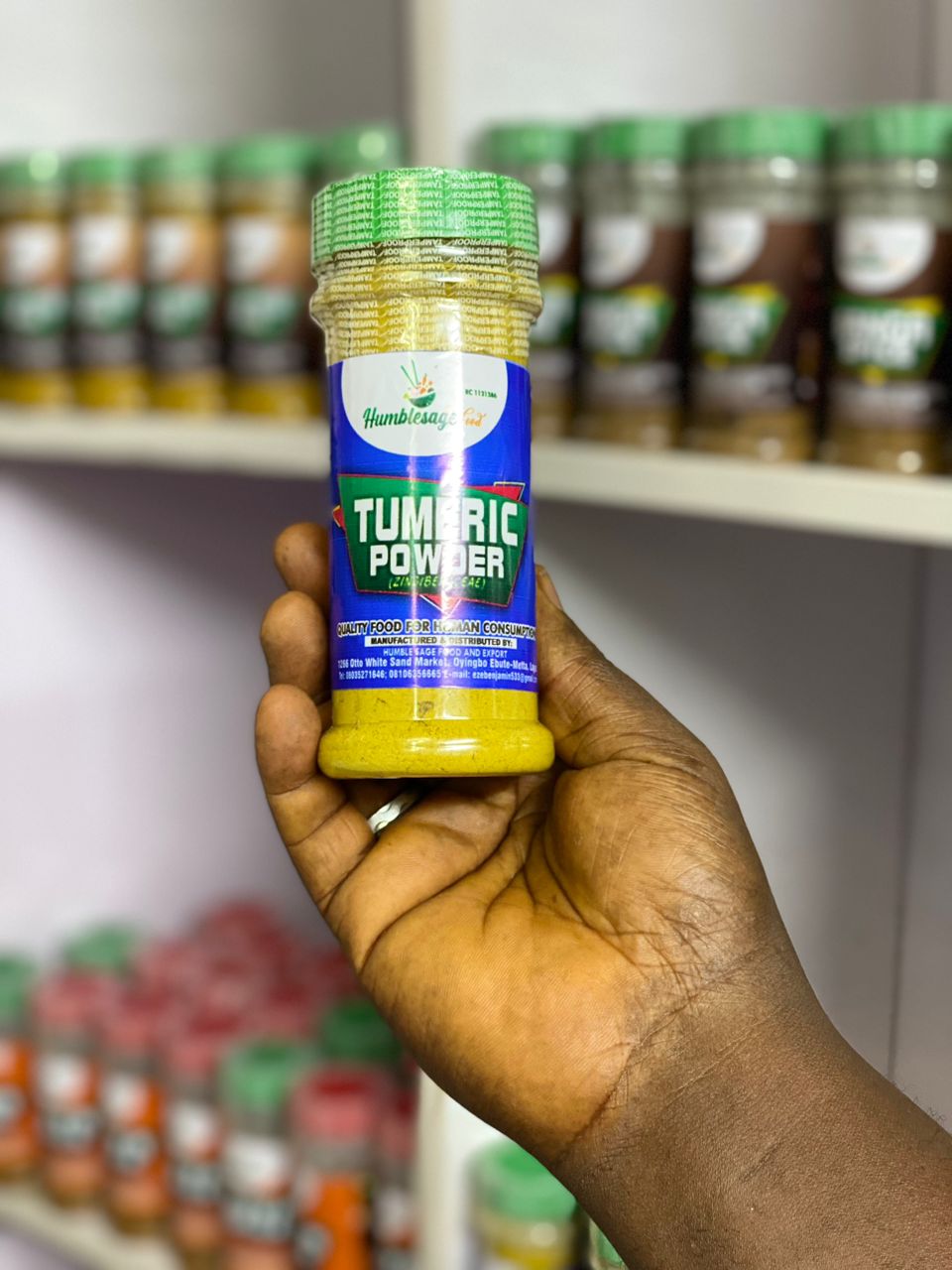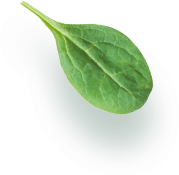

Tumeric powder
₦6,000.00 Original price was: ₦6,000.00.₦5,000.00Current price is: ₦5,000.00.
Turmeric powder, made from the dried rhizomes of the Curcuma longa plant, is a vibrant yellow spice used in cooking, traditional medicine, and as a dye. Rich in curcumin, it offers anti-inflammatory, antioxidant, and digestive health benefits. Widely used in curry powders, teas, and marinades, it’s a staple in Indian cuisine and Ayurveda. Store in an airtight container to maintain freshness for up to 3 years.
Description
Tumeric powder is a bright yellow spice made from the dried rhizomes of the Curcuma longa plant. It is widely used in culinary practices, traditional medicine, and as a dye. Here is a comprehensive description of turmeric powder:
Botanical Description
- Scientific Name: Curcuma longa
- Family: Zingiberaceae (ginger family)
- Plant Description: A perennial herb that grows about 1 meter (3.3 feet) tall, with large, oblong leaves.
- Rhizomes: Underground stems, bulbous and covered with a rough, segmented skin.
Processing of Turmeric Powder
- Harvesting: Rhizomes are harvested after the plant has matured, typically 7-10 months after planting.
- Boiling: Fresh rhizomes are boiled for 30-45 minutes to soften them and develop color.
- Drying: Boiled rhizomes are dried in the sun or mechanically until they become hard and brittle.
- Polishing: Dried rhizomes are polished to remove the rough outer surface.
- Grinding: Polished rhizomes are ground into a fine yellow powder.
- Packaging: The powder is then packaged for sale.
Physical Characteristics
- Color: Bright yellow to deep orange-yellow.
- Texture: Fine powder, similar to talcum powder.
- Aroma: Warm, earthy, and slightly bitter with a hint of pepper and mustard.
- Flavor: Pungent, slightly bitter, and earthy with a touch of ginger-like heat.
Chemical Composition
- Curcuminoids: The main bioactive compounds, primarily curcumin, demethoxycurcumin, and bisdemethoxycurcumin.
- Volatile Oils: Including turmerone, atlantone, and zingiberene.
- Other Constituents: Includes sugars, proteins, and resins.
Nutritional Profile (per 100 grams)
- Calories: Approximately 354 kcal
- Carbohydrates: About 64.9 grams
- Protein: Around 7.8 grams
- Fat: About 9.9 grams
- Fiber: Approximately 21 grams
- Vitamins and Minerals: Rich in iron, manganese, potassium, and vitamin C.
Health Benefits
- Anti-inflammatory: Curcumin, the active compound, has powerful anti-inflammatory effects.
- Antioxidant: Curcumin is a potent antioxidant that neutralizes free radicals.
- Digestive Health: Promotes digestion and can help reduce symptoms of bloating and gas.
- Brain Health: May enhance cognitive function and protect against neurodegenerative diseases.
- Heart Health: Helps improve endothelial function and reduce the risk of heart disease.
- Cancer Prevention: Exhibits anticancer properties by inhibiting the growth of cancer cells.
Culinary Uses of Tumeric powder
- Spice Blends: A key ingredient in curry powders and spice blends.
- Cooking: Used in soups, stews, rice dishes, and marinades for its color and flavor.
- Beverages: Added to teas, milk (golden milk), and smoothies for health benefits.
- Pickling: Used in making pickles and chutneys.
Traditional Medicine
- Ayurveda: Used to treat a wide range of ailments, from digestive issues to skin conditions.
- Traditional Chinese Medicine: Employed for its anti-inflammatory and analgesic properties.
Industrial Uses
- Dye: Used to color fabrics, foods, and cosmetics.
- Preservative: Acts as a natural preservative due to its antimicrobial properties.
Storage
- Conditions: Store in an airtight container in a cool, dark, and dry place.
- Shelf Life: Can last up to 3 years if stored properly.
Cultural and Historical Significance
- Historical Use: Used in India for over 4,000 years as a culinary spice, medicine, and dye.
- Cultural Importance: Integral to Indian cuisine, rituals, and traditional ceremonies.
Safety and Precautions
- Dosage: Generally safe when used in culinary amounts. High doses of supplements should be taken under medical supervision.
- Interactions: Can interact with blood thinners, diabetes medications, and drugs that reduce stomach acid.
- Allergies: Rare, but some individuals may experience allergic reactions.
Additional information
| Weight | N/A |
|---|---|
| Package Size | 100g |
Related products
-
Sale!
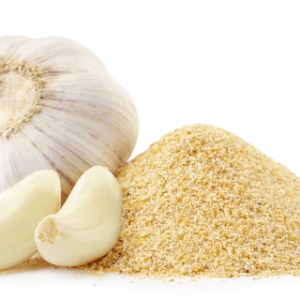
Dried Garlic
₦26,000.00Original price was: ₦26,000.00.₦25,000.00Current price is: ₦25,000.00. Select options This product has multiple variants. The options may be chosen on the product page -
Sale!

Dried Ginger
₦26,000.00Original price was: ₦26,000.00.₦25,000.00Current price is: ₦25,000.00. Select options This product has multiple variants. The options may be chosen on the product page -
Sale!
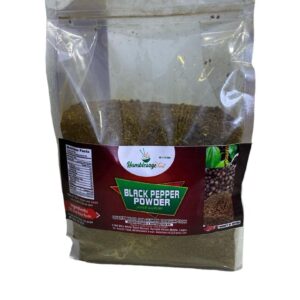
Black Pepper Powder
₦2,500.00 – ₦50,000.00Price range: ₦2,500.00 through ₦50,000.00 Select options This product has multiple variants. The options may be chosen on the product page -
Sale!
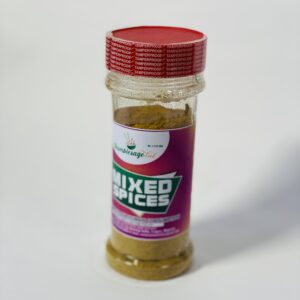
Mixed Spices
₦4,000.00Original price was: ₦4,000.00.₦3,000.00Current price is: ₦3,000.00. Select options This product has multiple variants. The options may be chosen on the product page

